Traditional automakers are increasingly shifting their focus on electric and electrified cars, investing millions and pledging to release new EVs soon.
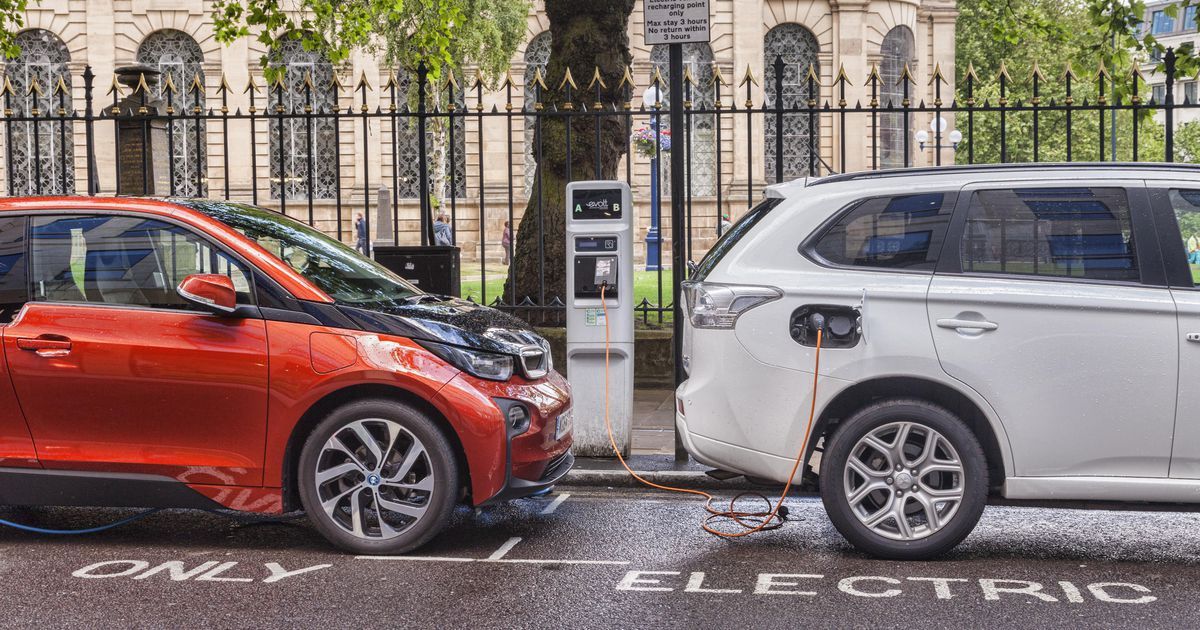

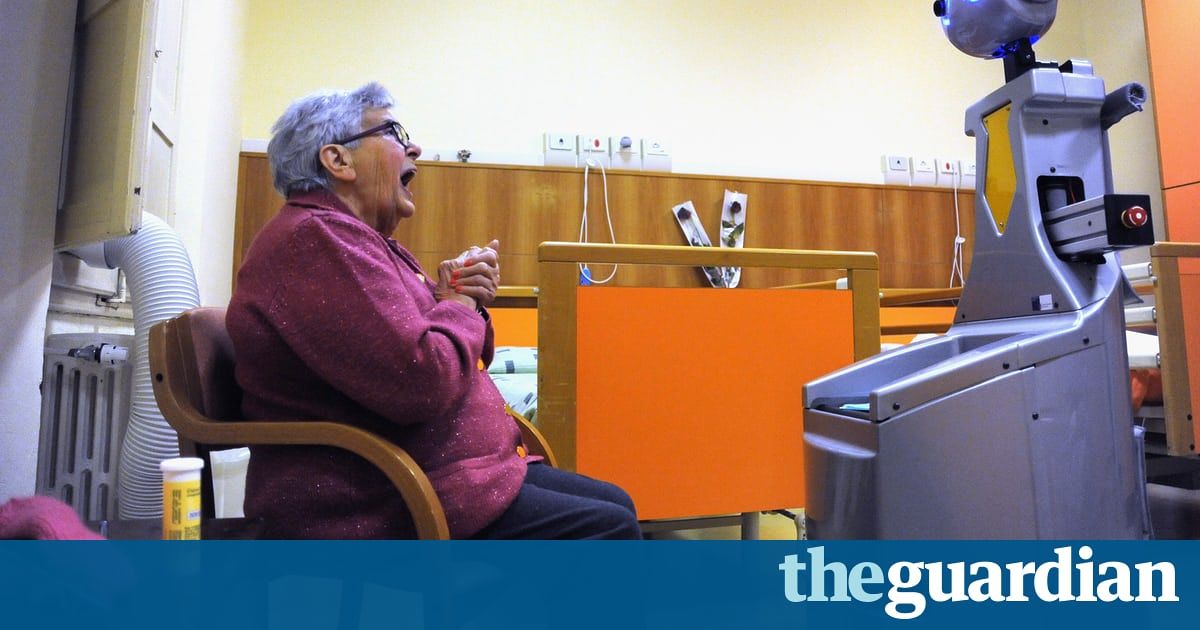
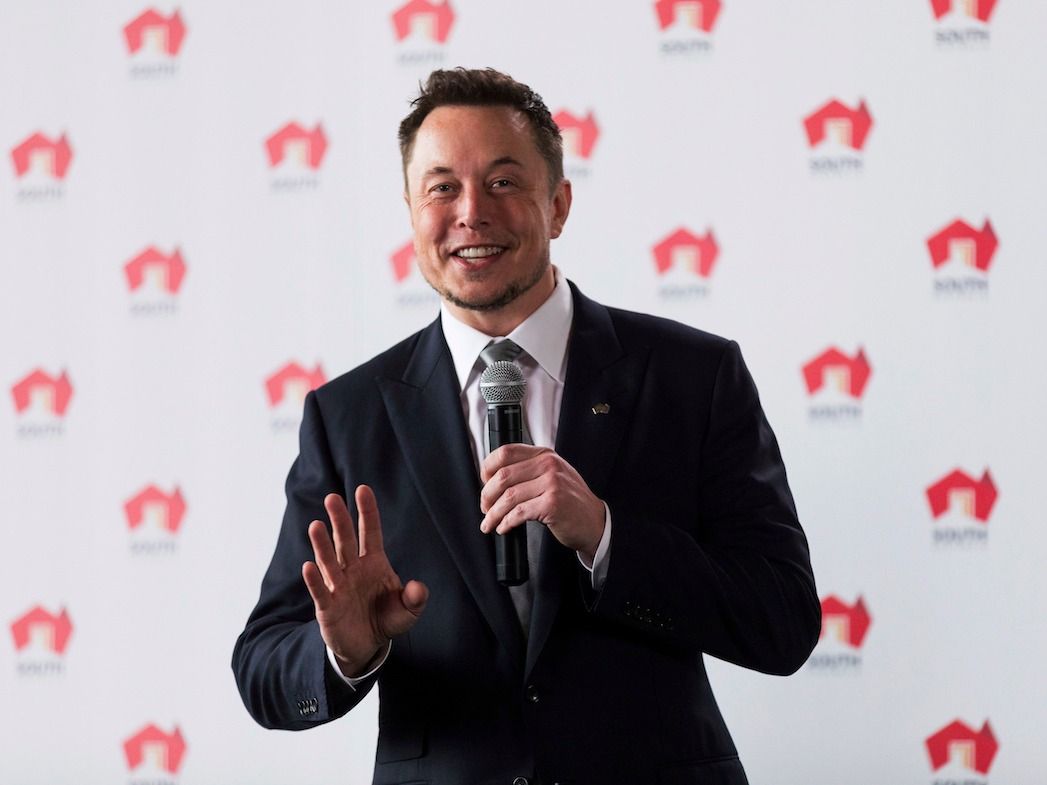
On Friday, Tesla and SpaceX CEO Elon Musk said that the company was halfway done building the battery bank that will become the world’s biggest battery once it’s complete. Musk made the announcement at a party overlooking the project’s construction, ABC News Australia reported.
Tesla is building the 129-MWh battery with French energy company Neoen. The battery will be draw energy from Neoen’s Hornsdale wind farm that’s 142 miles north of Adelaide. The electricity will be delivered to South Australians during peak grid times to reduce the number of blackouts in the area, which are frequent in summer months.
“The system is a big battery, a battery big enough to power 50,000 houses — the biggest in the world,” Neoen global COO Romain Desrousseaux previously told Business Insider.

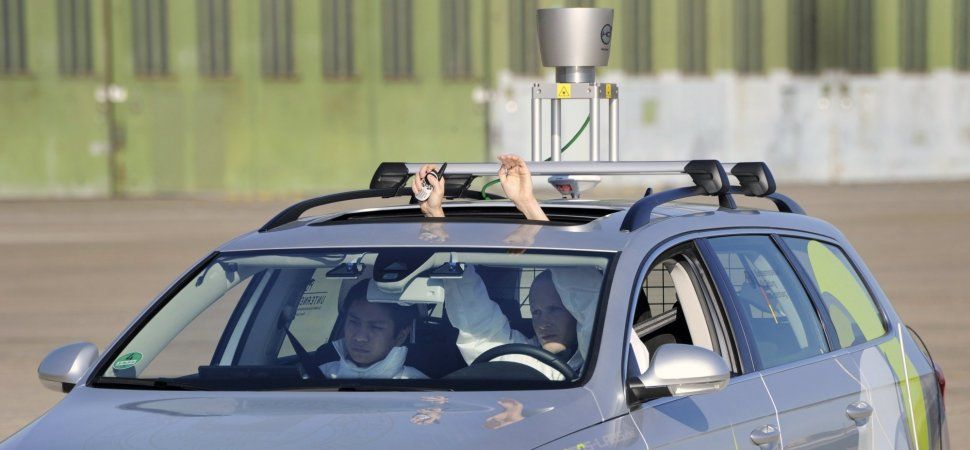
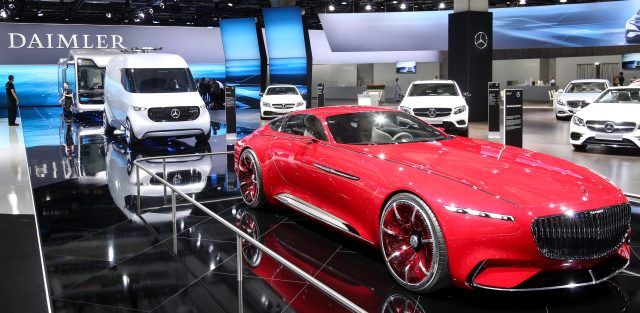
Daimler, Mercedes-Benz’s parent company, announced last week a $1 billion investment in electric car and battery production in the US.
As with any new EV investment from a legacy automaker, the media painted it as an “attack on Tesla”, but Elon Musk, Tesla’s CEO and largest shareholder, doesn’t seem too worried about it.
But it’s not coming to the US — yet.
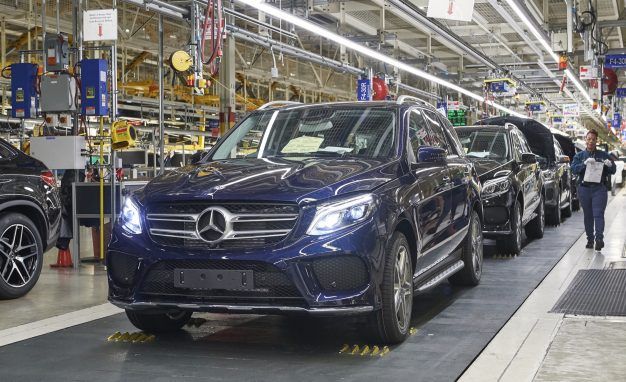
Gogoro, which wants to redefine urban transportation to make it more sustainable, announced today that it has raised a whopping $300 million to further its mission. New investors Temasek, Al Gore’s Generation Investment Management, Sumitomo Corporation, and ENGIE joined existing investors Dr. Samuel Yin, founder of the Tang Prize and chairman of Ruentex Group; Panasonic; and others.
Based in Taipei, Taiwan, Gogoro developed a cloud-powered battery-swapping network called the Gogoro Energy Network. The aim, according to cofounder and CEO Horace Luke, is to build an infrastructure model to power electric mobility.
“The smart connected infrastructure focuses on optimizing the Gogoro Energy Network to make sure that customers always have access to charged batteries,” Luke said in an interview with VentureBeat.